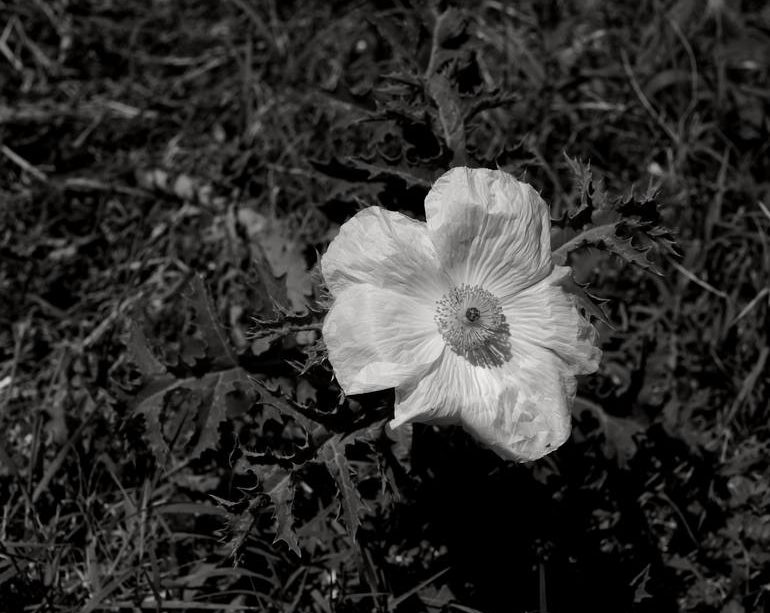The Symbolism of the White Poppy in Peace Activism

Introduction
The white poppy has emerged as a potent symbol of remembrance and peace, contrasting sharply with the red poppy’s association with military sacrifice. While the red poppy has been used since the early 20th century to honour soldiers who died in the First World War, the white poppy specifically advocates for peace and a commitment to ending war. Understanding its significance is essential to grasp the broader conversation around remembrance and anti-war sentiment.
The Origins of the White Poppy
The white poppy was introduced in the UK in 1926 by the Co-operative Women’s Guild, as a response to the devastation caused by the First World War. It serves as a reminder not only to honour those lost in conflicts but also to advocate for a world without war. The white poppy has since been embraced by various peace organisations, including the Peace Pledge Union, which promotes anti-war activism and remembrance of all victims of war.
Current Context and Events
In recent years, the white poppy has gained visibility during Remembrance events. While some see it as a way to acknowledge the sacrifices made by service personnel, others have critiqued it as overshadowing the traditional red poppy’s message. On November 11, 2023, numerous events across the UK featured both poppy colours, sparking debates on social media and public forums about their contrasting ideologies. Campaigners for the white poppy argue that it is a vital reminder that peace is a desired goal, while avoiding glorification of war.
Conclusion
The conversation surrounding the white poppy is significant for many people, reflecting varying views on nationalism, military service, and peace. As we approach future remembrance events, the prominence of the white poppy will likely continue to spark debate and reflection. Advocates for the white poppy urge individuals to remember all lives lost to war, not just military personnel, emphasizing the need for a collective movement towards peace. Moving forward, the discussion surrounding the white and red poppies may serve as a barometer for society’s evolving perceptions of war, peace, and remembrance.









